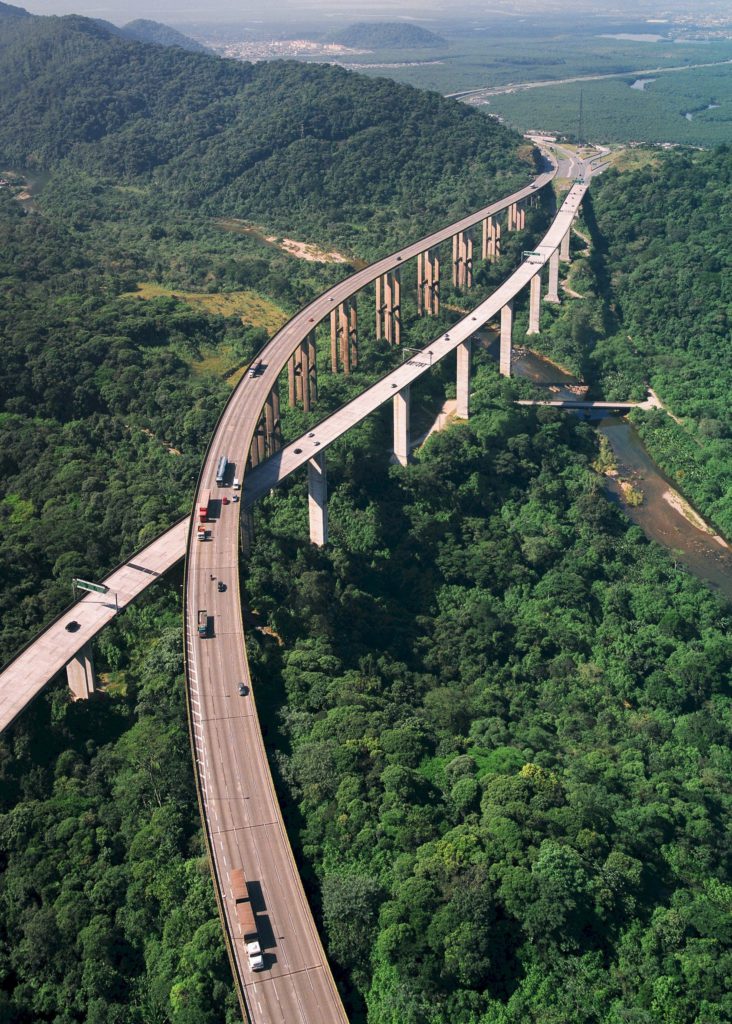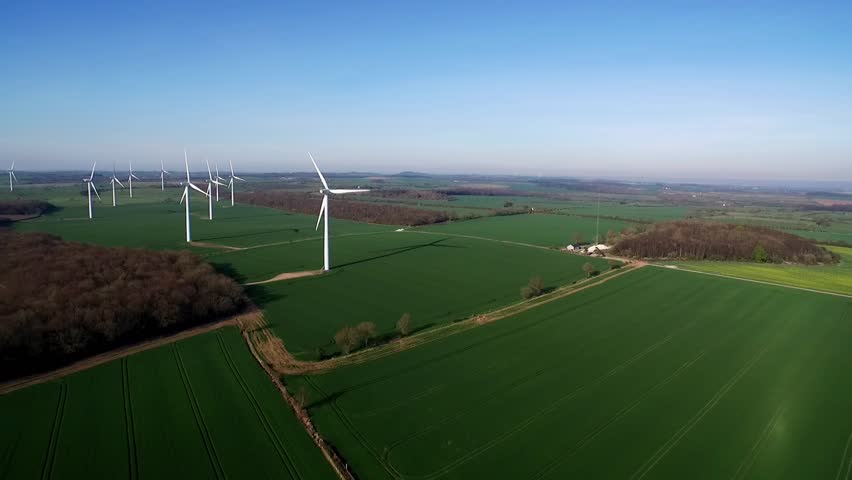Rural Landscape Planning – Taking a Proactive Approach
 According to current statistics, Colorado’s population is expected to grow in excess of over 3 million by year 2050. The US Department of Agriculture reports that rural areas contain 21% of the population and comprise 97% of its land area. Rural communities are currently going through profound demographic, economic, cultural and environmental changes. The solution, Rural Landscape Planning which is comprised of integrating a balance of high-tech developments inclusive with outlined conservation and innovative schematics making it imperative when accommodating for social and environmental extremities.
According to current statistics, Colorado’s population is expected to grow in excess of over 3 million by year 2050. The US Department of Agriculture reports that rural areas contain 21% of the population and comprise 97% of its land area. Rural communities are currently going through profound demographic, economic, cultural and environmental changes. The solution, Rural Landscape Planning which is comprised of integrating a balance of high-tech developments inclusive with outlined conservation and innovative schematics making it imperative when accommodating for social and environmental extremities.
Humans and natural systems intertwine continuous cycles of connecting environmental, cultural and social issues with education, technology and organizational research which work in conglomeration to create and maintain a flourishing future for rural communities. Climate change, water resource protection, food safety, renewable energy and healthy human development are just a few issues that will forever dominate policy decision making pertinent to both international and rural communities.
In rural design, understanding landscape is a critical part of the comprehensive development processes. The Rural Landscape, a book written by John Fraser Hart, provides the three fundamental aspects of rural design:
- Landforms and geometric shapes as seen on the surface of land.
- The vegetation such as the trees, shrubs, and grasses that cover the surface.
- The structures and the varied kinds of functional buildings and road systems that people have added.
In theory, the fourth mentionable aspect encapsulates the transportation system (water, roads and railroads), livelihood, building communities and the migration of people growing food and/or creating a reliable eating source. As environmental change increases, residents are facing considerable changes and frustration with the ecosystems which foster their livelihoods and the quality of life in which they are dependent upon.

In order to properly meet the needs and demand for rural communities there needs to be a broad research approach to develop new disciplines and utilization of new innovative practices validated with data proven to result in transformational developments.
The ultimate outcome of rural planning is to encompass its existing attributes such as lakes, streams, rolling hills and forest. The enhancement and accessible of these attributes is what makes America so exceptional.
If you would like to get involved click on the link below for information on how to attend the workshop.
https://www.colorado.gov/pacific/dola/building-stronger-communities
See event information below:
Thursday, November 17, 2016, 8:30 am – 4:30 pm
Lakewood Cultural Center, Community Room
480 South Allison Parkway, Lakewood, Colorado 80226
Designscapes Colorado is a proud supporter of rural landscape conservation and wise land use planning.
Click here to reach one of our Designscapes Colorado staff.



